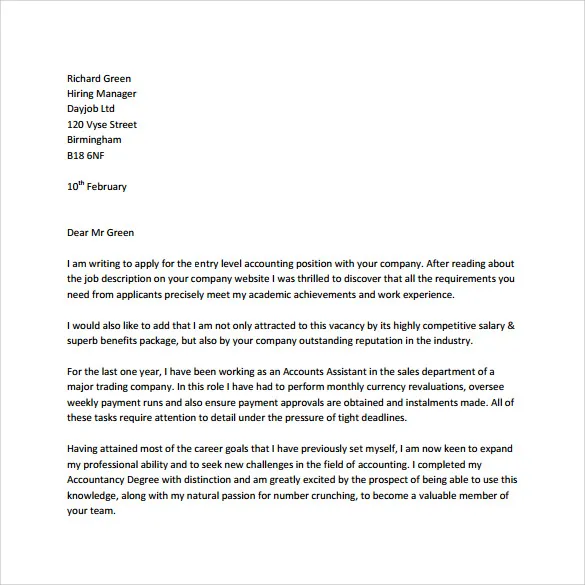What is a Cover Letter and Why Do You Need One for Entry-Level Positions?
A cover letter is your first chance to make a great impression and get noticed. It’s a concise document that introduces you to a potential employer, highlighting your most relevant skills and experience. While a resume provides a summary of your professional history, a cover letter allows you to personalize your application and express your enthusiasm for the specific role and company. For entry-level positions, where experience might be limited, a well-crafted cover letter becomes even more crucial. It’s your opportunity to demonstrate your personality, eagerness to learn, and potential, even if you haven’t held a similar job before. A strong cover letter can differentiate you from other candidates, showcasing your unique value and making you stand out from the crowd. Think of it as your personal sales pitch, selling yourself to the hiring manager.
Key Components of a Beginner Cover Letter
Structuring your cover letter correctly is important to make it readable and professional. A well-organized cover letter is easy to follow and makes a positive impression on the hiring manager. The format helps you present your qualifications in a clear and concise manner, showcasing your value and making the reader want to learn more about you. The key components include your contact details, the date, the hiring manager’s information, a salutation, the body paragraphs, a closing, and your signature. Each section serves a specific purpose, from providing contact details to summarizing your skills. Make sure to include your contact details, the date, and the hiring manager’s name if you can find it. The body paragraphs should highlight your skills and demonstrate why you are a good fit for the role. Lastly, the closing should express gratitude and include a call to action.
Your Contact Information
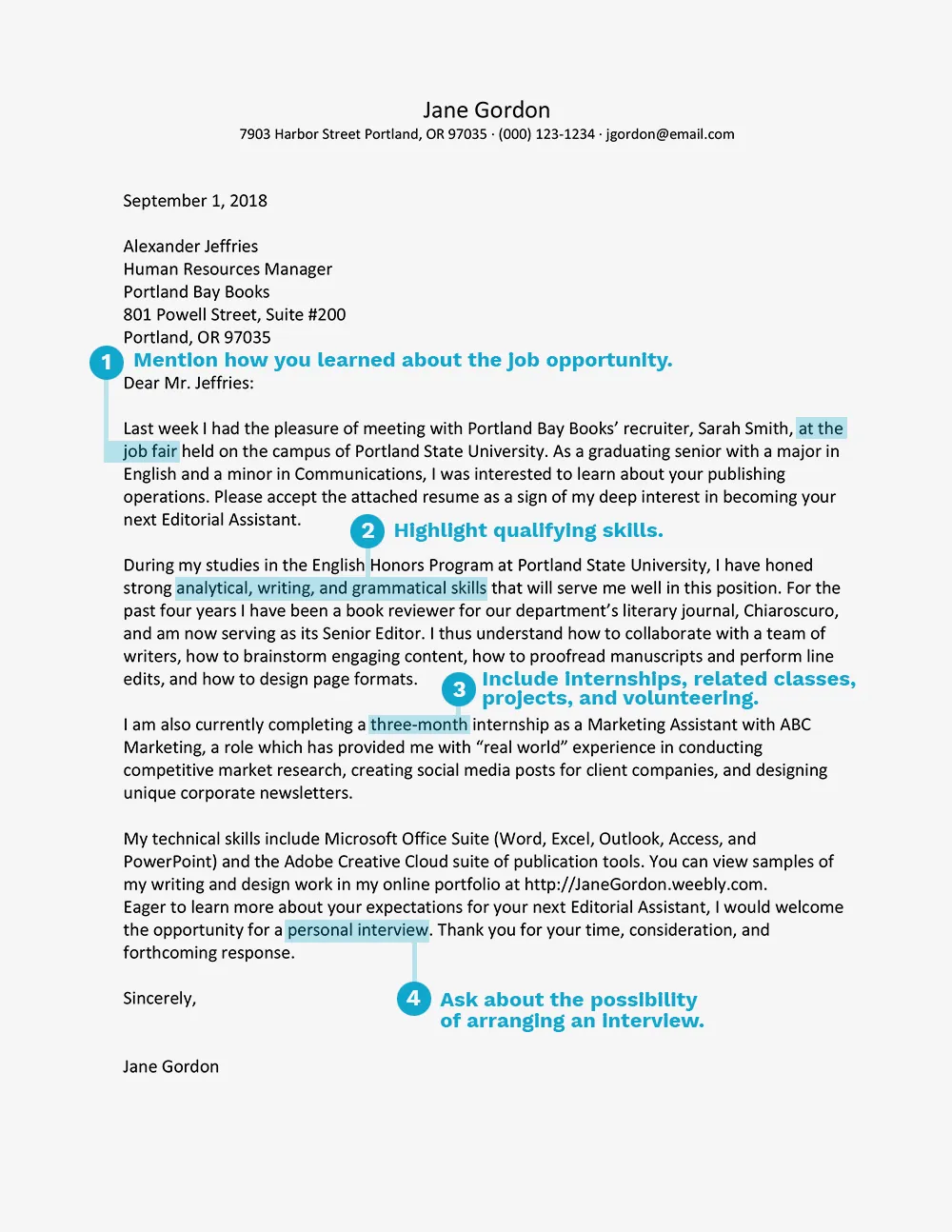
At the very top of your cover letter, include your full name, address, phone number, and email address. This information allows the hiring manager to quickly find your contact details. Ensure your email address is professional (e.g., firstname.lastname@email.com) and your phone number is up-to-date. Consistency across your resume and cover letter is key, so use the same format and information for both. Proofread this section carefully to avoid any errors that could prevent the recruiter from contacting you. Double-check your address and phone number to make sure they are correct, ensuring that the hiring manager can easily reach you. Presenting accurate information enhances your credibility and demonstrates your attention to detail.
The Date
Directly below your contact information, include the date you are writing the cover letter. This helps the employer understand when you applied for the position and is a standard professional practice. The date provides a reference point for the application. It helps the hiring manager keep track of when applications were received, and also shows you’re paying attention to detail. Use a standard format for the date, such as Month Day, Year (e.g., October 26, 2024). Ensuring your cover letter is properly dated is a simple but important step in presenting a professional and well-organized application. This section is often overlooked, but demonstrating good organization is crucial.
Hiring Manager’s Contact Information
If possible, address your cover letter to a specific person. Research the hiring manager’s name and title to personalize your letter. This shows you’ve taken the initiative to learn more about the company. If you can’t find a specific name, use a general salutation, but personalization is key. Start by checking the company’s website or LinkedIn to see if the hiring manager’s name is listed. Address the hiring manager by name, using their title (e.g., Mr., Ms., Dr.), which creates a more personal connection. If you’re unable to find a specific name, use a general greeting such as “Dear Hiring Manager” or “Dear [Department] Team.” Personalizing the letter can increase your chances of making a positive impression.
The Salutation
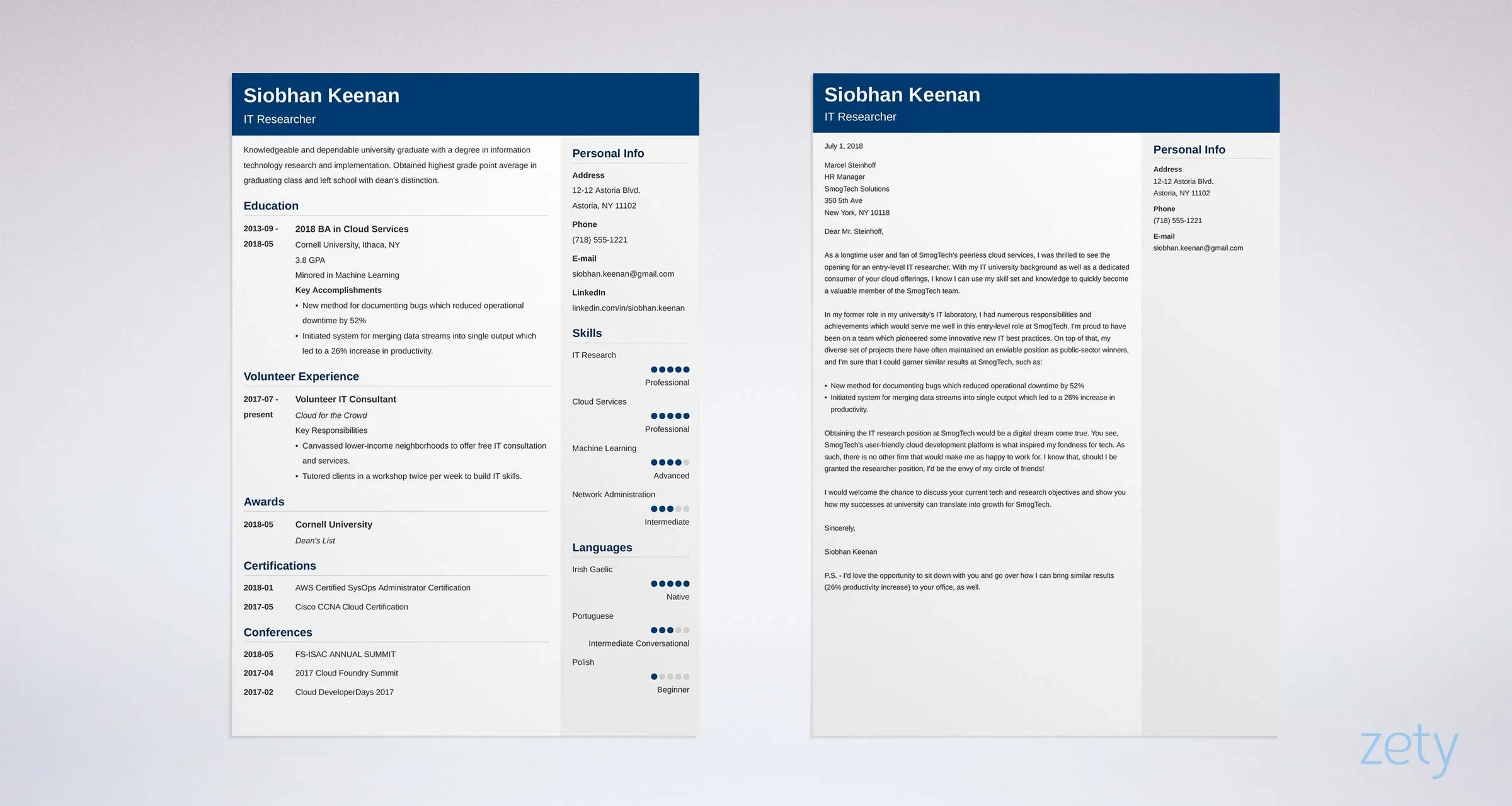
The salutation is your greeting, the opening line of your cover letter. It should be professional and appropriate. If you know the hiring manager’s name, use “Dear Mr./Ms./Mx. Last Name.” If not, use a professional alternative such as “Dear Hiring Manager” or “Dear [Department] Team.” Avoid outdated or informal greetings like “To Whom It May Concern.” Make sure the salutation matches the formality of the job and company culture. Avoid being too casual or using a generic greeting. Your salutation sets the tone for the entire letter and is one of the first elements that the reader will review. When the right salutation is used, it shows that you are well-prepared and professional. The greeting is a chance to make a positive first impression.
Writing the Cover Letter Body
The body of your cover letter is where you sell yourself. It’s where you demonstrate your skills, enthusiasm, and fit for the position. The body typically consists of three to four paragraphs. Each paragraph should have a clear purpose, from grabbing the reader’s attention to providing a call to action. Start with an engaging introduction, discuss your relevant skills and experience, highlight your enthusiasm, and end with a clear call to action. Keep the body concise and focused on what you can offer to the role. This section is your chance to showcase your communication and writing skills, so make every word count. Ensure each paragraph is well-structured and easy to follow, keeping the reader engaged. Tailor the content to each specific job.
First Paragraph: Grab Their Attention
The first paragraph is your hook. It should capture the reader’s attention and make them want to read more. Start by stating the position you are applying for and where you found the job posting. Then, briefly mention why you are interested in the role and the company. You can mention your passion for the industry or any relevant skills you have. Briefly summarize what you hope to achieve. Avoid generic openings; tailor your introduction to the specific job. Show enthusiasm and excitement. This first impression can make or break your chances of getting an interview. Make a strong opening statement, highlight the company’s values, and show that you’ve done your research. Keep this paragraph brief and impactful. State your interest in the opportunity and outline what you can offer the organization.
Second Paragraph: Highlight Your Skills and Experience (Even if Limited)
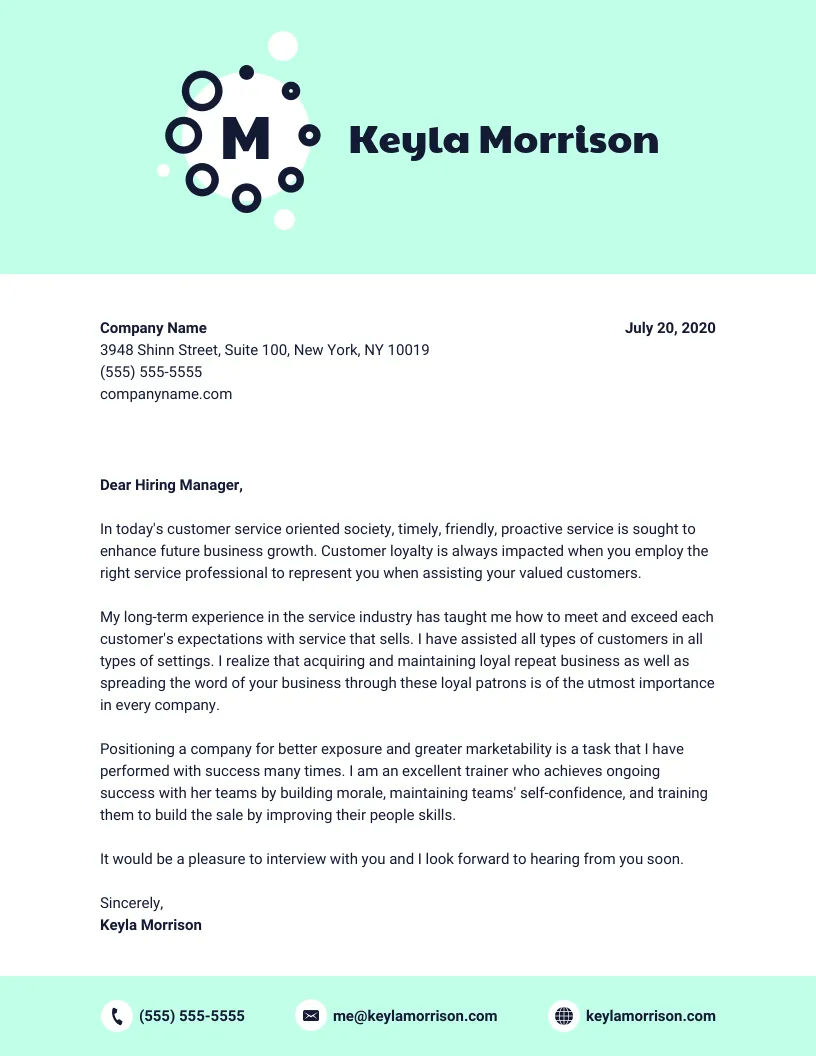
In the second paragraph, highlight your relevant skills and experience, even if you’re an entry-level candidate. Focus on transferable skills like communication, teamwork, problem-solving, and time management. Provide specific examples from your education, volunteer work, or other activities. Quantify your achievements whenever possible. If you have limited work experience, emphasize your soft skills and any projects or coursework that demonstrate your abilities. Tailor your skills and experience to the job requirements. Be sure to tailor the experience that you do have to the job description. You can mention how your skills align with the requirements. Focus on what you can bring to the role. Use the job description as a guide to determine which skills to emphasize.
Third Paragraph: Show Your Enthusiasm and Company Knowledge
Show your enthusiasm for the company and the position. Research the company’s mission, values, and recent projects. Demonstrate your interest in the company’s specific goals. Briefly explain why you are a great fit for their culture. Mention specific reasons why you are interested in working there. Use your knowledge to explain how you can contribute to the organization. This section shows you are invested in the opportunity and have taken the time to learn more. Mention any aspects of the company that you admire. Make it clear that you are genuinely interested in the opportunity. Tailor this paragraph to reflect your genuine interest and understanding of the company.
Fourth Paragraph: Call to Action
End your cover letter with a clear call to action. Express your interest in an interview and indicate your availability. Thank the hiring manager for their time and consideration. Reiterate your enthusiasm and willingness to learn. Provide contact information again to make it easy for them to reach out. Clearly state your interest in the position and that you look forward to the opportunity. Show your confidence and eagerness to discuss your qualifications. Make it easy for them to respond and move forward. Thank them for their time and let them know you’re eager to hear from them. The call to action should be clear, concise, and professional. Close with an action, encouraging the hiring manager to contact you to discuss the opportunity.
The Closing
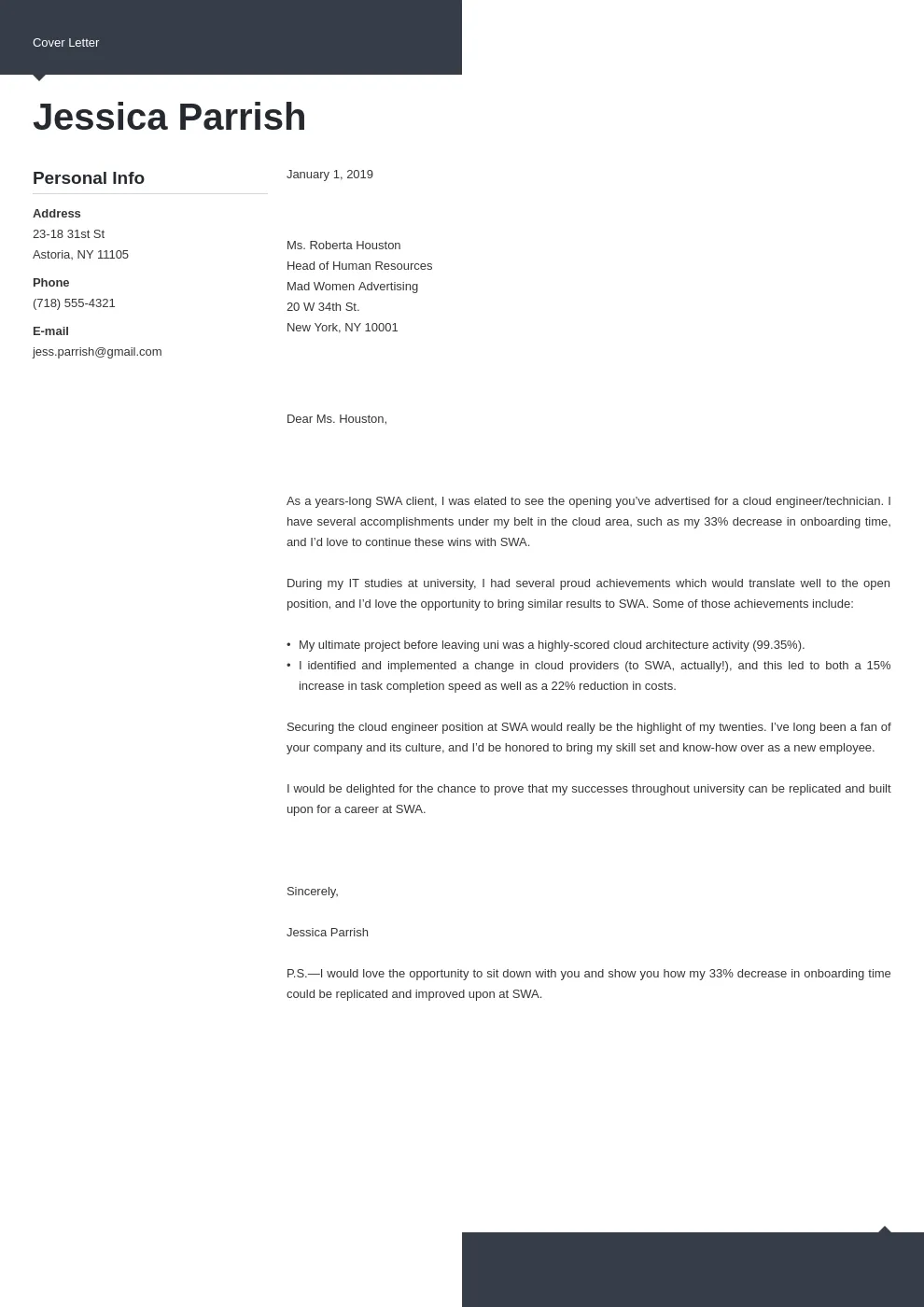
Close your cover letter professionally. Use a formal closing such as “Sincerely,” “Best regards,” or “Respectfully.” Avoid casual closings. After the closing, leave a few lines for your signature if you’re printing the letter. Type your full name below the signature space. Make sure your closing matches the tone of your letter and the company culture. A professional closing will make the best impression. Sign the letter, if you’re submitting a physical copy. Review the complete document and ensure everything fits seamlessly. The closing statement should be professional and appropriate for the context of your application.
Proofreading and Formatting Your Cover Letter
Proofreading and formatting are essential steps in creating a professional cover letter. A well-formatted and error-free document shows attention to detail and professionalism. Review the document for any typos, grammatical errors, and formatting inconsistencies. Proofread multiple times, or ask a friend or family member to review it as well. Pay attention to the layout, spacing, and font. Use a standard font such as Times New Roman, Arial, or Calibri in a readable size (11 or 12 points). Ensure consistent formatting throughout the letter. Make sure the margins and paragraph spacing are consistent. Avoid using a casual or informal tone. Carefully proofread the whole document before sending it. Correct any errors and polish the language to convey professionalism. Before you submit your cover letter, make sure it looks great and is free of errors.
Tips for Formatting Your Cover Letter
Use a standard business letter format with single spacing within paragraphs and double spacing between paragraphs. Align your text to the left and avoid centering. Use clear and concise language, avoiding jargon or overly complex sentences. Keep your letter to one page, if possible. This shows that you can communicate your message in a concise way. Divide your cover letter into logical sections. Consider bullet points to highlight key skills or experiences. Use bolding to emphasize important points. Be consistent with your formatting choices. Ensure your formatting is consistent throughout the document. Choose an easy-to-read font and use proper spacing. The formatting choices show professionalism and attention to detail. Consider the overall visual appearance of your cover letter. It should be clean, organized, and easy to read.
Using Keywords and Tailoring Your Letter
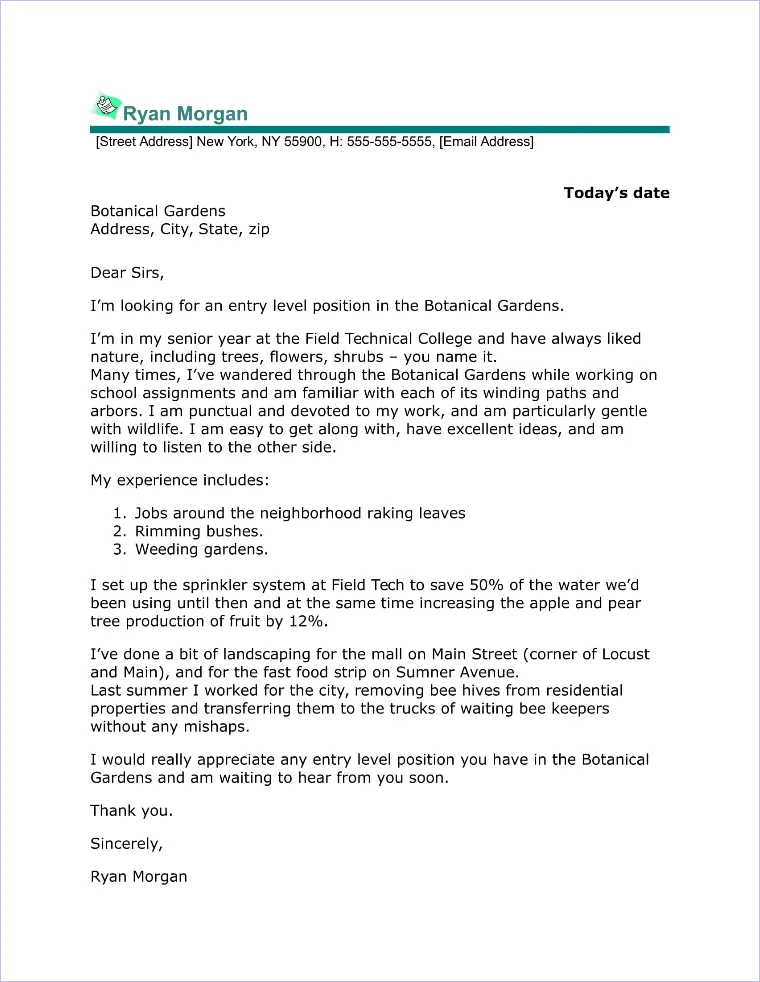
Tailor your cover letter to each specific job application. Review the job description carefully and identify the keywords that the employer is using. Incorporate these keywords naturally into your cover letter. Tailoring your letter shows that you have read the job description and that you are a good fit for the position. Highlight the skills and experience that align with the job requirements. Use the same language as the job posting to ensure your application is noticed. The customization is crucial for your application, demonstrating you have met the requirements. Always customize it to make it relevant. The more you personalize your cover letter, the more likely you are to make a strong impression. Tailor your letter to align with the job description.
Common Mistakes to Avoid in Entry-Level Cover Letters
Avoid common mistakes to ensure your cover letter makes a positive impression. Do not make spelling or grammar errors. Proofread your letter meticulously to catch any mistakes. Avoid using a generic cover letter. Tailor it to each specific job and company. Do not include irrelevant information or personal details that are unrelated to the job. Avoid being too casual or informal. Maintain a professional tone throughout the letter. Do not exceed the one-page limit. Keep your cover letter concise and to the point. Avoid negative language or complaining about previous employers. By avoiding common mistakes, you increase your chances of getting noticed. Remember to highlight your accomplishments, showcase your skills, and follow all instructions. Proofread carefully and ensure it’s error-free.
Sending Your Cover Letter
Save your cover letter as a PDF to preserve the formatting. Name your file with your name and the job title, like “[Your Name] - Cover Letter - [Job Title].pdf”. Submit your cover letter with your resume, following the instructions in the job posting. Send it to the hiring manager or the appropriate contact person. Proofread one last time before sending. Send your cover letter and resume at the same time for an efficient application. Double-check the contact information and email address. Make sure the file names and formats are correct. Always follow all instructions, which will show your attention to detail and make a strong impression. Ensure that you submit your cover letter correctly, in accordance with the job posting. You want to make a positive final impression.
